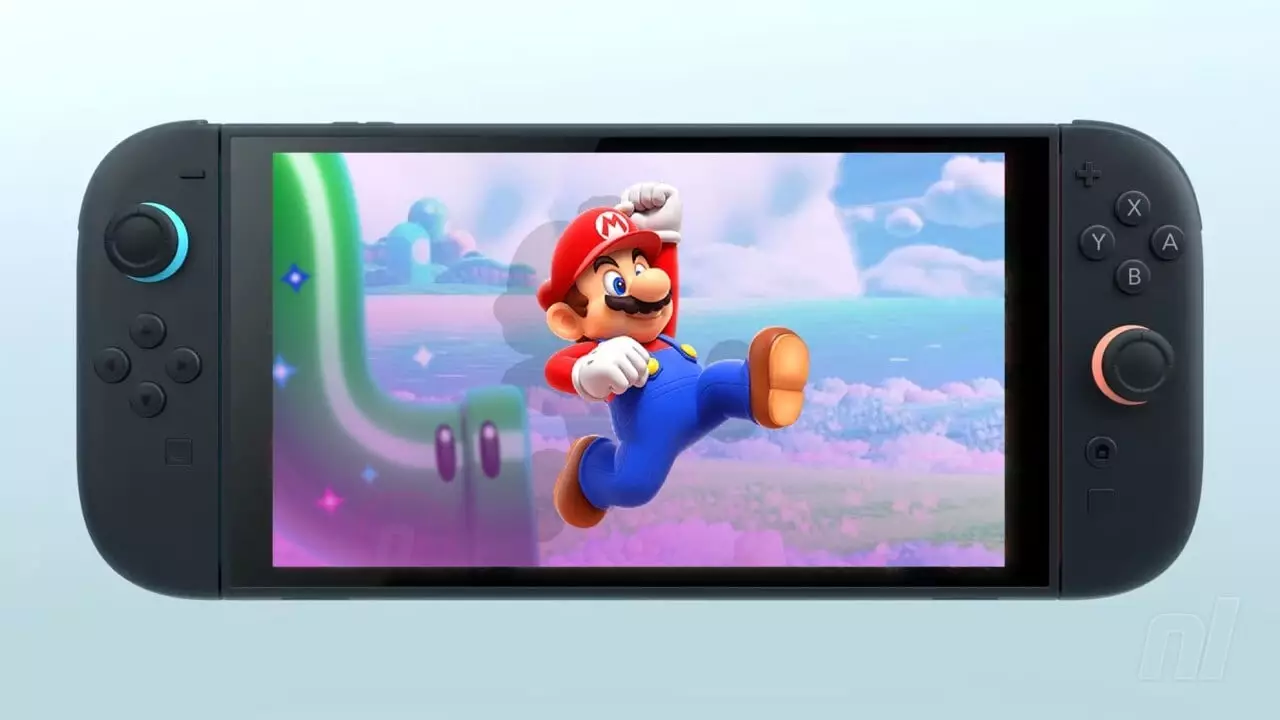In a recent announcement about the highly-anticipated Switch 2, Nintendo has reaffirmed its commitment to backward compatibility, a crucial feature that reflects the company’s understanding of consumer needs and market expectations. This decision to allow players to access their previously purchased Nintendo Switch games signifies a thoughtful approach to their evolving hardware landscape. During an interaction with Game File journalist Stephen Totilo, a Nintendo representative articulated that the primary motivation behind this strategy was to ensure that “consumers can play their already purchased Nintendo Switch software” on the new system. This straightforward yet important rationale suggests that Nintendo is keen on maintaining a robust relationship with its customer base, already familiar with the core principles of the original Switch.
The Importance of Backward Compatibility
Backward compatibility has become a significant selling point in the gaming industry. As consumers invest time and money into building their game libraries, the idea of transitioning to a new platform without losing access to their favorite titles is attractive. In this context, Nintendo’s decision seems timely. The representative mentioned that the original Switch has enjoyed widespread popularity, indicating that numerous players have established sizable game collections. By allowing these games to be playable on the Switch 2, Nintendo not only caters to existing fans but also potentially attracts new customers who are looking to join a community that values continuity and preservation of gaming experiences.
However, it’s important to note that the Nintendo representative did mention that “certain Nintendo Switch games may not be supported or fully compatible” with the new hardware. This caveat introduces an element of uncertainty for consumers. While many titles will transition seamlessly, the acknowledgment of compatibility issues raises questions about which games might not make the cut and why. Will fan-favorite titles be left behind? Clarity in this regard will be critical for consumer trust. As Nintendo prepares for its upcoming Nintendo Direct scheduled for April 2, 2025, where further details are expected, players will be on the lookout for specific information regarding any incompatibility issues that might affect their gaming experience.
Interestingly, Nintendo took the opportunity to highlight the backward compatibility feature during the reveal of a new title, Super Mario Bros. Wonder. This strategic choice not only generates excitement around upcoming games but also serves to contextualize the importance of backward compatibility in actual gameplay scenarios. By linking the new features to a beloved franchise, Nintendo strengthens its messaging about the value of continuity in gaming enjoyment. It remains to be seen how well this celebrated compatibility can be turned into a selling point that resonates with both seasoned gamers and newcomers alike.
Nintendo’s backing of backward compatibility in the Switch 2 offers a balanced approach toward innovation while respecting the preferences of its loyal fanbase. By allowing players to access the games they’ve purchased, Nintendo is not only signaling its commitment to users but also crafting a comprehensive strategy that melds nostalgia with future developments. As new information unfolds in the coming months, it will be essential for consumers to remain engaged and informed about these changes and how they might impact their gaming landscape moving forward. The questions may linger, but one thing is clear: Nintendo is maintaining its commitment to ensuring the gaming experience is as seamless and enjoyable as ever.

